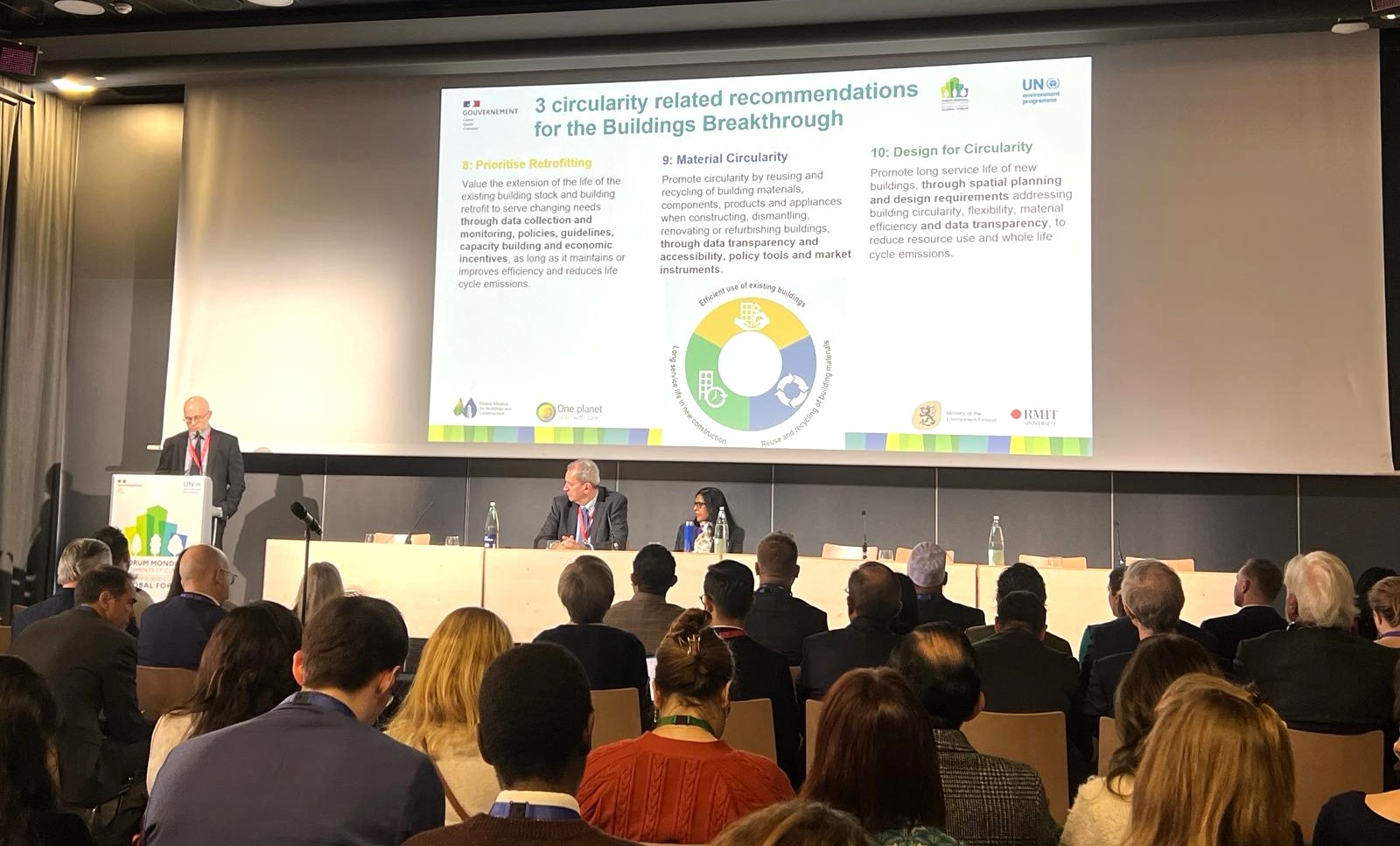Circular economy – Strategy for the transition in Sweden
The overall goal of this strategy is to point out the direction for the work to a transition to a circular economy. The ambition is to be able to set out clear long-term rules to clarify the direction for the work on what needs to be done for the transition to circular production, consumption and business models and non-toxic and circular material cycles. Thorough renewal and development are required to enable society to make the transition to a circular approach. Innovation is therefore crucial and needs to be promoted across the entire value chain. There is a need to develop a raft of solutions that enable the circular economy and remove the obstacles that are hampering its development.
To contribute to this, four focus areas of importance for achieving the vision have been selected. The focus areas are closely linked. Better product design and sustainable production (1) are essential to enable products and materials to circulate to a higher degree than they currently do, but there is also a need to change to a higher degree to functions or services instead of products. Following from this, the consumption of private and public actors needs to be sustainable (2), which happens when they can easily demand sustainable products and services. Products and materials then need to be recirculated in non-toxic and circular material cycles (3). The transition depends on business and other actors having drivers to make the transition to circularity. Circular business models and innovation (4) are tools for the circular economy and are relevant in all the focus areas. Action plans for this strategy will be produced setting out policy tools and actions for each focus area. They can deal with various policy tools and actions, such as government-appointed inquiries, commissions to government agencies, new or amended legislation, simpler regulation, funding for research, development and innovation and technological development, international advocacy work in the EU or globally and economic policy instruments. Actions will be focused on areas where the measures are judged to have most potential to contribute to the transition and to contribute to achieving the environmental and climate objectives and the Sustainable Development Goals in the 2030 Agenda. Action plans may also be adopted for priority areas or streams that are particularly relevant to the transition to a circular economy. The Government is also going to develop an action plan for bio-based materials in a coming bioeconomy strategy that will contribute to greater access to biomass and employment throughout the country and will also generate environmental and climate benefits.


